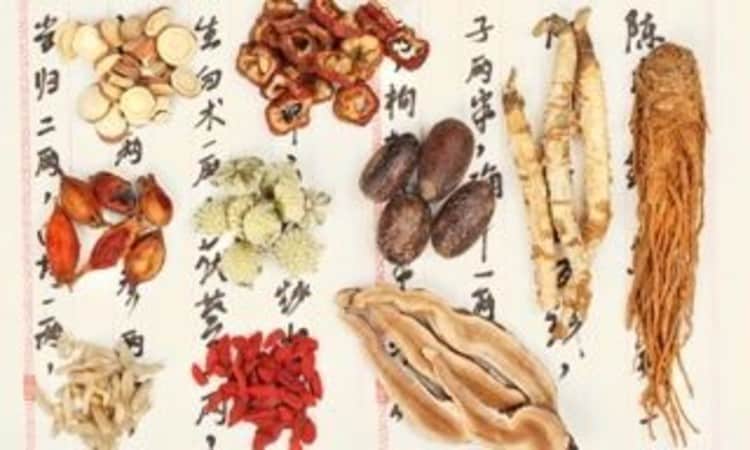Over 80 percent of the world relies on medicinal plants for their healthcare, according to the World Health Organization (WHO). As they are exposed to climate change and overexploitation, their genetic diversity is in danger.
According to Hiroyuki Konuma, Assistant Director-General and U.N. Food and Agriculture (FAO) Regional Representative for Asia and the Pacific, increasing demand for herbal medicine can help address poverty and food insecurity of the tribal and ethnic groups where the resources exist. In the Asia-Pacific Region, 2,500 plants are used in traditional medicine.
However, there is a risk of extinction and loss of genetic diversity if commercial interest continues. “There is a need for a clear policy and strategy to conserve these variable resources without delay,” Konuma said in an address to a consultation gathering in December 2013 in Bangkok, Thailand.
This summer, the FAO and the Asia-Pacific Association of Agricultural Research Institutions released a new study on the Global Forum on Agricultural Research (GFAR) compiling information gathered and discussed at the consultation. The report includes summaries of each technical session, country reports, and lead papers. It represents the views of delegates from 14 countries: Bangladesh, Bhutan, India, Japan, Malaysia, Myanmar, Nepal, Papua New Guinea, Pakistan, the Philippines, Republic of Korea, Sri Lanka, Thailand, and Vietnam.
The report features some projects to improve and preserve medicinal and aromatic plants that are already underway.
The Bangladesh Forest Research Institute (BFRI) is developing medicinal plants in the Chittagong Hill Tract. Using agroforestry systems, the project aims to alleviate poverty and improve the environment. At one time, most people in Bangladesh relied on wild collection of medicinal plants for their healthcare, however, the use of the plants has decreased due to the availability of synthetic drugs as well as changes in land use that have led to exploitation and deforestation causing extinction and endangerment of many medicinal and aromatic plants.
Thirteen tribal groups live in the forests of Chittagong Hill Tract, which has a history of land conflict. Trust is an issue in the project as some boidayas or “local herbal practitioners” are not interested in disclosing traditional knowledge to outsiders or in using standardized tools to prepare traditional medicine.
The BFRI is working to develop market linkages to aid in commercialization of the plants. Additionally, it discourages synthetic chemical use and is studying the best biological pest control measures for the region.
In Myanmar, the government has established nine herbal gardens in different regions of the country as well as nurseries specifically addressing major diseases, such as diabetes, hypertension, tuberculosis, malaria, diarrhea and dysentery. Additionally, it opened a national herbal park in 2007 with 500 different species of medicinal plants collected from across the country. There are also three museums where people can study traditional medicines from plants as well as animals, minerals, and aquatic sources.
Growing international interest in herbal medicine has led to commercial growth of medicinal plants, though some are still picked from the wild. The challenge is sustainable management of the resource, which, in some cases, has been stressed with the growing demand, including illegal trade. The benefit, however, is that the use of botanical raw materials is often cheaper than synthetic drugs, making it an important crop for smallholder farmers.
According to the report, China is the leading producer of herbal medicine, with an export crop of approximately US$3.6 billion primarily traded to the European Union countries, the United States, Japan, Hong Kong, Korea and Singapore. Out of 78 medicinal plants cultivated on a commercial scale in Asia, 26 species are grown in China.
About 25 percent of modern pharmacopeia is also plant-based (about 100 plants). Some examples of chemical ingredients in plants used to treat medical conditions include: alkaloids (pain killing effects), glycosides (heart stimulants, better sexual health), tannins (diarrhea, dysentery, ulcer, skin diseases) and essential oils (facilitates digestion, insect repellents). In the last few decades, modern drugs have used botanical ingredients, including artemisinin from Artemisia annua to combat malaria and the Tamilflu drug Osweltamivir obtained from Chinese star anise and Indian star anise to treat bird flu.
According to the release posted to the GFAR, “People living in the region can benefit from these plants if they adopt scientific methods to increase production, link producers to markets, and enable value to be created through the supply chain.”
The consultants called for more investment in research and development of medicinal and aromatic species, specifically on genetic resource management, crop improvement, propagation methods, harvesting and processing techniques, germplasm collection, and post-harvest management. Additionally, effective organic certification systems are necessary for commercial cultivation.















